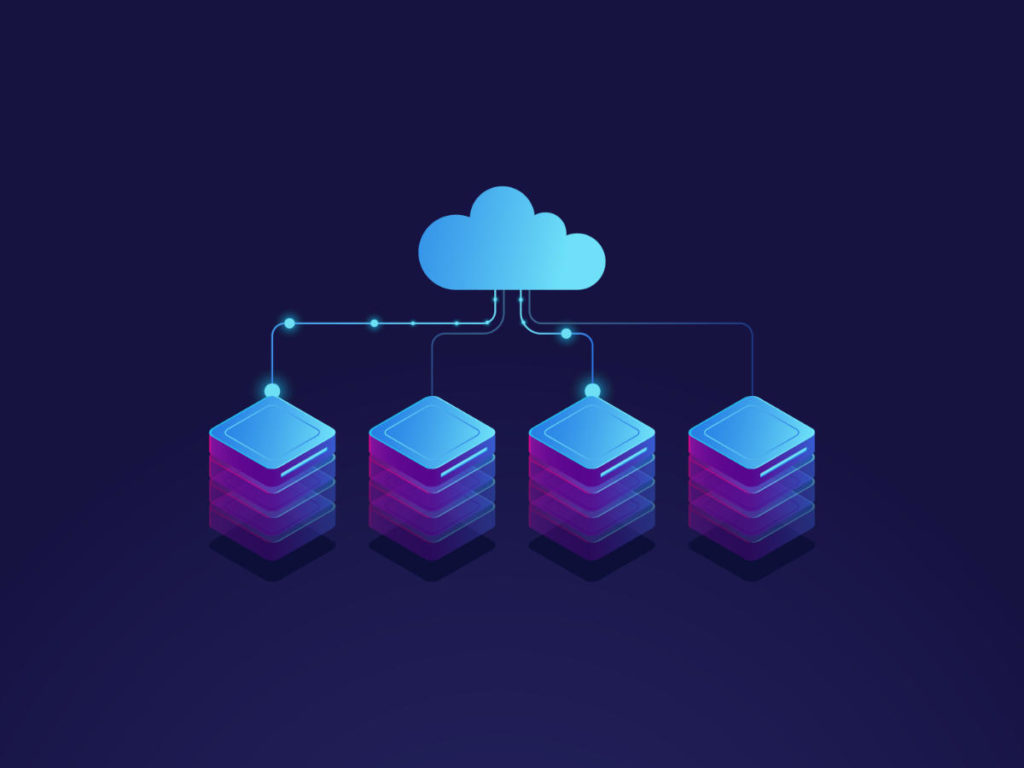 Giacomo Lanzi
Giacomo Lanzi
Event Overload? Our SOCaaS can help!
Estimated reading time: 6 minutes
I dati che un’infrastruttura IT aziendale genera quotidianamente sono sempre stati molti, ma mai come negli ultimi anni si è assistito a un event overload (sovraccarico di eventi) di così vaste proporzioni. Questo è dovuto alle sempre più numerose applicazioni utilizzate da aziende e dipendenti per le operazioni di routine.
Ognuna delle applicazioni utilizzate, infatti, genera una certa quantità di “eventi” caratteristici. Questi dati vengono raccolti e analizzati per individuare il prima possibile eventuali problemi di qualunque tipo. Però, quando i dati da analizzare diventano troppi, si manifesta un problema di event overload, ovvero i tool di analisi non riescono a tenere il passo.
Tuttavia, adottando una soluzione adeguata, si possono affrontare anche grandi quantità di dati mantenendo elevato lo standard di reattività e risposta degli strumenti di analisi. Vediamo come in questo articolo.
I database relazionali sono ormai fuori gioco
Nel 2018, i database relazionali erano il meglio che si poteva avere quando si trattava di gestione dei dati. Le dimensioni dei database di solito si estendevano fino a un massimo di circa 50 GB. Le soluzioni di sicurezza potevano permettersi questi database per fornire lo spazio che abilitava i centri operativi di sicurezza (SOC), che generalmente facevano parte di un centro dati più grande. Questo non è più vero.
Man mano che le organizzazioni sono diventate più grandi, sia i volumi di dati che le reti aziendali sono cresciuti esponenzialmente, rendendo necessario il passaggio al cloud pubblico per ospitare le dimensioni necessarie per memorizzare ed elaborare queste informazioni. Oltre a consentire scalabilità, i servizi di cloud pubblico stanno anche fornendo una gamma sempre più ampia di servizi che sono necessari per utilizzare tecnologie moderne come l’IA, DevOps e l’integrazione/consegna continua (CI/CD).
Il supporto di requisiti come le integrazioni di identità e i connettori tra più applicazioni aziendali si aggiunge alle enormi quantità di dati che vengono trasferiti. Il numero di applicazioni che un’azienda sfrutta oggi può essere di centinaia, se non di più, e tutte generano i propri log e avvisi di sicurezza. È facile intuire come possano essere frequenti situazioni di event overload.
Questo porta nel SOC una cascata di eventi da una grande varietà di fonti ogni giorno, richiedendo uno stoccaggio massiccio così come ricerca veloce, operazioni e analisi per un rilevamento efficace e una risposta alle minacce informatiche.
I centri operativi (SOC) di oggi

Come abbiamo visto, i crescenti volumi di dati, i requisiti di conformità normativa e le preoccupazioni di sicurezza richiedono alle aziende di raccogliere e archiviare più dati che mai. Inoltre, il monitoraggio della sicurezza è più impegnativo in quanto la superficie di attacco aumenta a causa di vari fattori. Tra questi possiamo individuare la trasformazione digitale, le politiche bring your own device (BYOD), la migrazione al cloud e altre tendenze dell’infrastruttura moderna.
Ci sono molte ragioni per cui il SOC di oggi lotta con soluzioni legacy che ostacolano la sua capacità di rilevare e rispondere alle minacce avanzate. Ecco alcune delle sfide che deve affrontare.
La maggior parte delle medie imprese gestisce eventi giornalieri nell’ordine dei milioni. I SOC delle grandi imprese ingeriscono circa un miliardo di eventi al giorno. Questo può generare fino a diversi terabyte di dati ogni giorno. Una quantità che non può essere certo gestita dai tradizionali database relazionali perché non possono scalare per gestire questi volumi mantenendo lo stesso livello di prestazioni e velocità operativa. I database relazionali, come mySQL o SQL Server, forniscono un supporto limitato per le analisi consolidate che utilizzano dati strutturati, non strutturati o ibridi a causa delle limitazioni architettoniche. Tuttavia, questa capacità è essenziale per rilevare le sofisticate minacce di oggi.
Gli analisti hanno bisogno della capacità di passare al setaccio tutti questi eventi più volte al giorno per cercare e trovare le minacce. Le query di ricerca lente non sono più un’opzione nella gestione di un event overload di queste proporzioni.
Le caratteristiche di una soluzione adeguata contro gli event overload
Ci sono soluzioni che superano questi ostacoli per armare meglio il SOC e rilevare le minacce avanzate. Bisogna implementare una soluzione che abbia le seguenti caratteristiche:
– È una piattaforma nativa del cloud, scalabile, che consente una ricerca più veloce con analisi all’avanguardia e una gestione efficiente dello spazio.
– Scala le risorse on-demand invece che staticamente.
– Mantiene bassi i costi dell’infrastruttura e dello storage allocando le risorse in modo intelligente. Il tutto per archiviare ed elaborare i dati di sicurezza.
– Fornisce una gestione degli accessi sicura e privilegiata per gli utenti.
– Offre una solida sicurezza dei dati e un controllo granulare sui dati che vengono archiviati nel cloud.
La soluzione di SOD contro il sovraccarico di eventi
Una delle soluzioni più vantaggiose è la decentralizzazione dei centri operativi. Attraverso l’adozione di un SOC as a Service, si ottiene immediatamente il vantaggio delle scalabilità. Ma non finisce qui, infatti i tool forniti nel SOC, come il Next Generation SIEM, hanno una marcia in più per quello che riguarda la raccolta e analisi dei dati. Ecco alcuni dei vantaggi principali del servizio offerto:
– Un uso più efficiente delle risorse che aiuta a ridurre i costi e a fornire scalabilità per i picchi di attività e gli ambienti di test attraverso l’auto scaling e l’orchestrazione dinamica.
– Ricerche più veloci con analisi e gestione migliorate grazie all’integrazione diretta della piattaforma AWS con capacità di accesso AWS S3 migliorate.
– Protezione dei dati critici a un costo inferiore utilizzando la segregazione dei cluster basata su attività e dati per ridurre l’uso delle risorse per le ricerche e i test ad-hoc.

Vantaggi per gli analisti
Il team di sicurezza aziendale può ora trarre vantaggio dallo threat hunting in tempo reale e da una ricerca a lungo termine più veloce. Questa è avvantaggiata dall’utilizzo efficiente di AWS EMR e S3 insieme per l’archiviazione di dati di 12 mesi o anche di più.
La ricerca in tempo reale e la ricerca a lungo termine si uniscono per fornire una capacità completa di caccia alle minacce per gli analisti.
L’adozione di un SIEM veramente di nuova generazione e cloud-native porta la potenza del cloud nel SOC, consentendo una migliore ricerca, un migliore utilizzo delle risorse e molte meno ore trascorse a rincorrere falsi positivi e a gestire il sovraccarico dell’infrastruttura.
Per sapere come questa soluzione può aiutare la tua azienda, non esitare a contattarci, saremo lieti di rispondere a ogni domanda.
Useful links:
Customers
Twitter FEED
Recent activity
-
SecureOnlineDesktop
Estimated reading time: 6 minutes L'impatto crescente delle minacce informatiche, su sistemi operativi privati op… https://t.co/FimxTS4o9G
-
SecureOnlineDesktop
Estimated reading time: 6 minutes The growing impact of cyber threats, on private or corporate operating systems… https://t.co/y6G6RYA9n1
-
SecureOnlineDesktop
Tempo di lettura stimato: 6 minuti Today we are talking about the CTI update of our services. Data security is… https://t.co/YAZkn7iFqa
-
SecureOnlineDesktop
Estimated reading time: 6 minutes Il tema della sicurezza delle informazioni è di grande attualità in questo peri… https://t.co/tfve5Kzr09
-
SecureOnlineDesktop
Estimated reading time: 6 minutes The issue of information security is very topical in this historical period ch… https://t.co/TP8gvdRcrF
Newsletter
{subscription_form_1}© 2023 Secure Online Desktop s.r.l. All Rights Reserved. Registered Office: via dell'Annunciata 27 – 20121 Milan (MI), Operational Office: via statuto 3 - 42121 Reggio Emilia (RE) – PEC [email protected] Tax code and VAT number 07485920966 – R.E.A. MI-1962358 Privacy Policy - ISO Certifications












